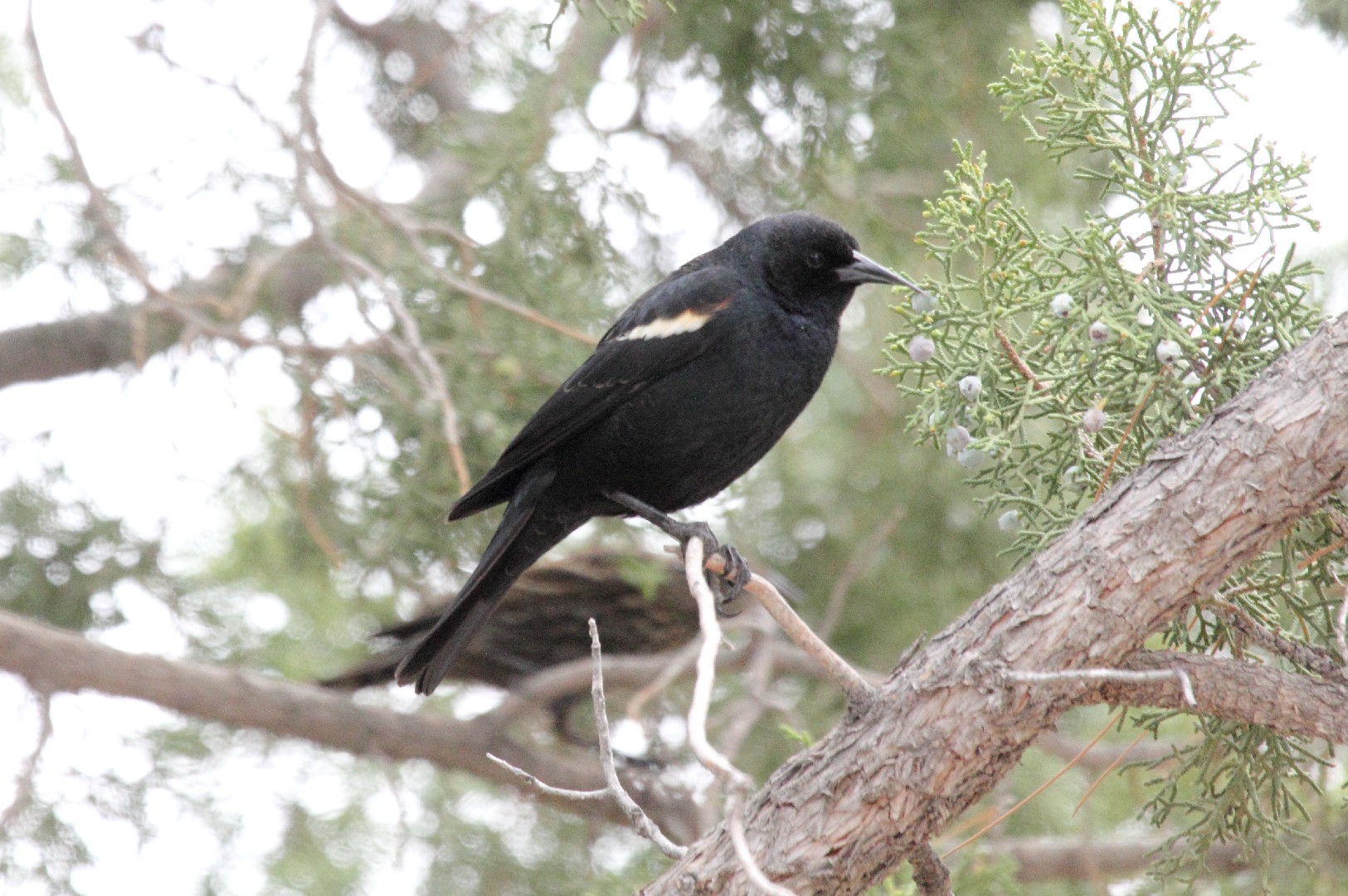Tricolored Blackbird
A species of North American Epauletted Blackbirds, Also known as Nuttall's Starling Scientific name : Agelaius tricolor Genus : North American Epauletted Blackbirds
Tricolored Blackbird, A species of North American Epauletted Blackbirds
Also known as:
Nuttall's Starling
Botanical name: Agelaius tricolor
Genus: North American Epauletted Blackbirds
Content
Description People often ask General Info
 Photo By Dominic Sherony , used under CC-BY-SA-2.0 /Cropped and compressed from original
Photo By Dominic Sherony , used under CC-BY-SA-2.0 /Cropped and compressed from original Description
The tricolor rupiah (Agelaius tricolor) is a songbird from the family Icteridae (troepials). It is an endangered species of bird and occurs from southwestern Oregon (United States) to northwestern Baja California (Mexico).
Size
19 - 23 cm
Life Expectancy
12-13 years
Nest Placement
Shrub
Clutch Size
3 - 4 eggs
Incubation Period
1 - 2 broods
Number of Broods
11 - 14 days
Nestling Period
11 - 14 days
Feeding Habits
Tricolored Blackbird primarily consume insects like grasshoppers, beetles, weevils, caterpillars, and snails, as well as seeds and livestock grain. Their foraging behavior includes picking food from the ground or shrubs and aerial insect-hunting. They use their sharp bill to probe grasses and may submerge their head for aquatic prey.
Habitat
Tricolored Blackbird primarily resides in freshwater marshes dominated by cattails and tules. These birds favor lowland areas and thrive in wetlands abundant with bulrushes and willows. Due to habitat changes, they've adapted to nesting in agricultural fields, particularly in triticale used for livestock feed. When accessible, wetlands remain key for nesting and foraging. Recently, tricolored Blackbird populations have been reported in Himalayan blackberry thickets near water sources in Sierra Nevada's foothills. Their foraging habitats extend to cultivated fields, dairy farm feedlots, and remaining wetlands.
Nest Behavior
Females build tricolored Blackbird's nest within a male's territory and contribute predominantly to construction, with minor male assistance, over approximately 3 days. Egg-laying occurs in these nests, followed by dedicated parental care for eggs and young.
Nest Characteristics
Tricolored Blackbird's nest is an open-cup shape constructed from long leaves woven around plant stems, situated in triticale fields with mustard or mallow or previously in freshwater marshes. The structure, up to 8 feet high in vegetation, includes leaves soaked in water, mud, and soft plant lining, measuring about 7 inches tall and 5 inches wide.
Dite type
Insectivorous
People often ask
General Info
Feeding Habits
Bird food type
Bird Feeder Type

Platform
Behavior
Tricolored Blackbird showcase a highly sociable demeanor, typically engaging in communal nesting, roosting, and foraging. Their days are punctuated by boisterous vocalizations as they commune with akin species. Remarkably, their breeding approach diverges; tricolored Blackbird form densely packed colonies for reproduction, a contrast to the dispersed patterns seen in similar species. Males are known for their repetitive territorial display—perching conspicuously, shifting positions, and vocalizing—to captivate multiple females, albeit less than their Red-winged counterparts. Such displays are vital to establish dominion, where both sexes partake in pronounced posturing to declare their breeding turf.
Species Status
ENDANGERED. Restricted-range species: present in California EBA. Classified as “Highest Concern” in the USA (Red WatchList priority species for conservation).